
A blog focusing on 1/64 diecast from such popular brands as Hot Wheels, Matchbox, Johnny Lightning, M2 Machines, GreenLight, Tomica, Yat Ming, Majorette, MotorMax, Siku, Corgi, Guisval, Playart, Ertl, Zylmex, Racing Champions, & many more. Swifty's Garage features a daily Car Of The Day and news updates from your favorite brands!
Tuesday, March 8, 2011
Car Of The Day: March 8, 2011
Today's car of the day is Yat Ming's 1984 Nissan 300ZX.
The Nissan 300ZX (called the Fairlady Z in Japan) is a sports car that was produced by Nissan. It comprises the third and fourth generations of the Z-car line-up, respectively given the chassis designations Z31 and Z32.
The 300ZX name followed the numerical convention initiated with the 240Z, put forth by Yutaka Katayama, the one time president of Nissan Motors USA. The "X" was added to the model name by its predecessor signifying "luxury". The name was used in most markets with the exception of a few including the Japanese home market, there the car like all previous Z cars was sold as a "Fairlady Z". The best selling 300ZX's were the Z31s, with over 100,000 more sales than the Z32.
The Z31 and Z32 feature a 3.0 litre, V6 naturally-aspirated and single (Z31) or twin (Z32) turbocharged engine. Although both motors are from the same VG series and have the same displacement, the power output of the Z32's VG30DE and VG30DETT engine is greater than the Z31. The VG30DE engine also has a double overhead cam and variable valve timing while the older VG30E is a single overhead cam design. The naturally-aspirated Z32 has 222 hp (166 kW) and 198 lb·ft (268 N·m) of torque versus the Z31 with 160-165 hp and 174 lb·ft (236 N·m) of torque. Similarly, the twin-turbo Z32s have 300 hp (220 kW) and 283 lb·ft (384 N·m) torque versus the single turbo Z31, which has 200-205 hp and 227 lb·ft (308 N·m) of torque. The Z32's twin turbo motor is also intercooled unlike the Z31 turbo. The Z31's single overhead cam engine has 13 head bolts per head, for a total of 26, where as the Z32's dual overhead cam engine only has 8 head bolts per head, for a total of 16.
The Z31 chassis was designed after the previous Z-car, the Nissan 280ZX, and had two special editions based on it. The 50th Anniversary Edition focused on luxury to celebrate the company's semi-centennial in 1984, while the Shiro Special, released 4 years later, boasted performance-oriented upgrades. Styling would be completely redesigned with the release of the Z32, tending towards a wider footprint and more rounded curves with an overall result that the Z32 turned in a drag coefficient of .31 compared to the early Z31's .30. The newer chassis also featured hydraulic rear wheel steering called Super HICAS (in 1994 changed to an electric actuator), in its top-of-the-line models. Although it was not a special edition, in 1996 Nissan designated the final 300 American units the Commemorative Edition. Production of the Z32 ceased outside of the home market and continued in Japan until August 2000.
True to its heritage, the race-only 300ZX cars had several notable victories, including the 1986 Trans Am series and the 1994 24 Hours of Daytona. However, auto sports politics and a controversial GTS-1 class win at the 24 Hours of LeMans that same year prompted the International Motor Sports Association to declare the twin turbo engine illegal for future competition. The 300ZX also holds the E/BMS land speed record of 419.84 km/h (260.87 mph) from the 1991 Bonneville Speed Trial.
Throughout its life, the 300ZX has been praised by critics. Car and Driver placed the car on its Ten Best list for 7 consecutive years and Motor Trend awarded it as the 1990 Import Car of the Year.
The 300ZX was replaced by the Nissan 350Z(Z33) in 2003.
For more information and pictures of the real car please visit: Nissan 300ZX
I do believe this Nissan is suffering an identity crisis. Datsun badges, Japaense specific market name, Yat Ming really tossed everything in on the tampos this time around. That said, the overall casting is quite nice!
The Z31 chassis designation was first introduced in 1983 as a 1984 Datsun/Nissan 300ZX (the hatch lid had both a Datsun badge and a Nissan badge). This continued until 1985 when Nissan standardized their brand name worldwide and dropped the Datsun badge. Designed by Kazumasu Takagi and his team of developers, the 300ZX improved aerodynamics and increased power when compared to its predecessor, the 280ZX. The newer Z-car had a drag coefficient of 0.30 and was powered by Japan's first mass-produced V6 engine instead of an I6. According to Nissan, "the V6 engine was supposed to re-create the spirit of the original Fairlady Z. From 1990 to 1996 there were only 10,000 made each year, winning one of the most reliable cars of all time.
This new V6 (2960 cc) Single overhead cam engine was available as a naturally-aspirated VG30E or a turbocharged VG30ET producing 160 hp (119 kW) and 200 hp (150 kW) respectively. The engine was either a type A or type B sub-designation from 1984 to April 1987, while models from May 1987 to 1989 had a W sub-designation. The W-series engines featured redesigned water jackets for additional cooling, fully floating piston wrist pins, and more power—165 hp naturally-aspirated and 205 hp (153 kW) turbocharged. The 1984 to 1987 turbo models featured a Garrett T3 turbocharger with a 7.8:1 compression ratio, whereas 1988 to 1989 models featured a low inertia T25 turbocharger with an increased 8.3:1 compression ratio. Finally, these engines were equipped with self-adjusting hydraulic valve lifters. The transmissions were a 5-speed manual or an optional 4-speed automatic (E4N71B for turbo models, L4N71B for naturally-aspirated models). The automatic transmission on the turbo models did not have a lockup mechanism. All Z31's were equipped with a Nissan R200 rear differential, later year turbo models received an R200 limited-slip differential. There were three trim models available: SF, GL and GLL. The SF model was only available in Canada.
Similar to Chrysler's Electronic Voice Alert, the 1984-1986 Z31 GL and GLL models featured a voice warning system.
Subscribe to:
Post Comments (Atom)
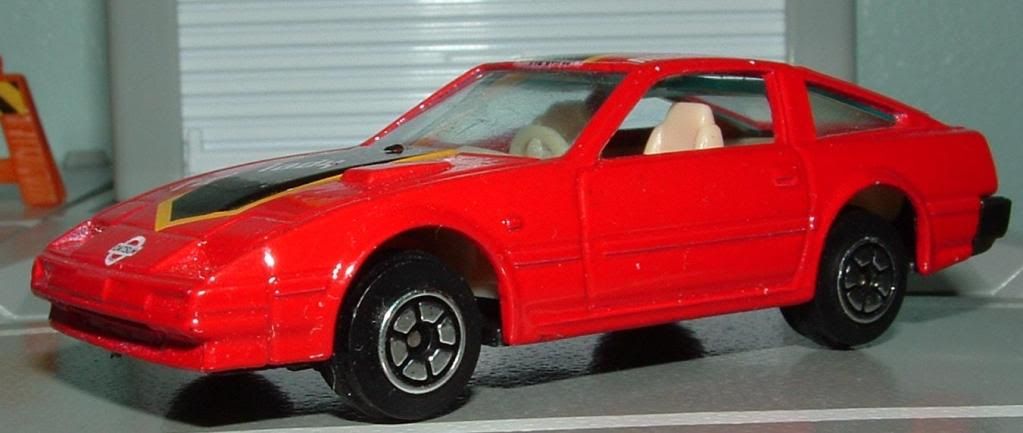
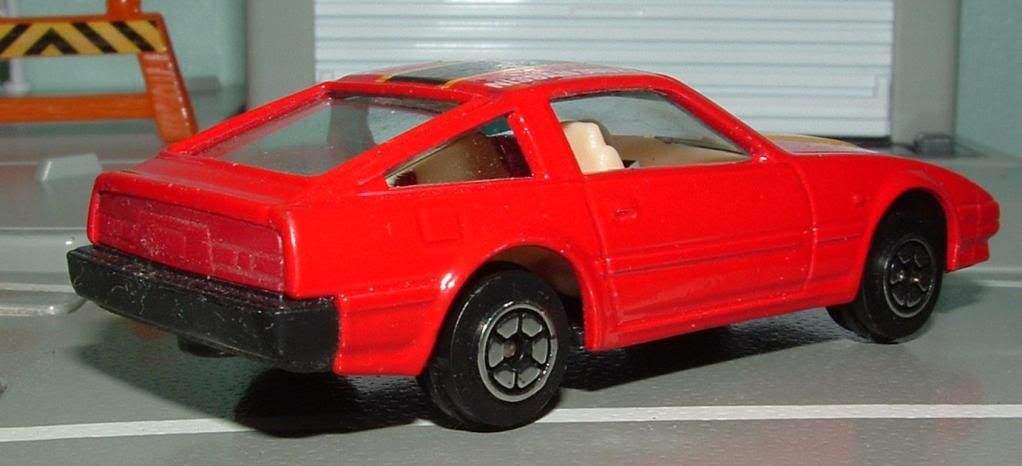
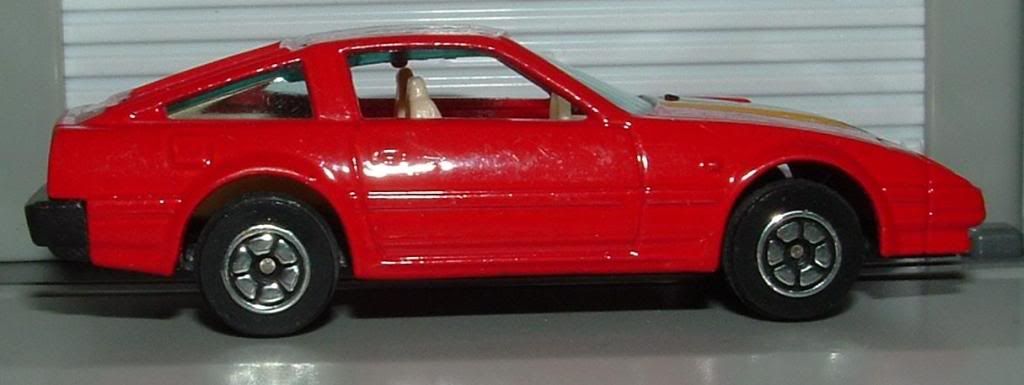
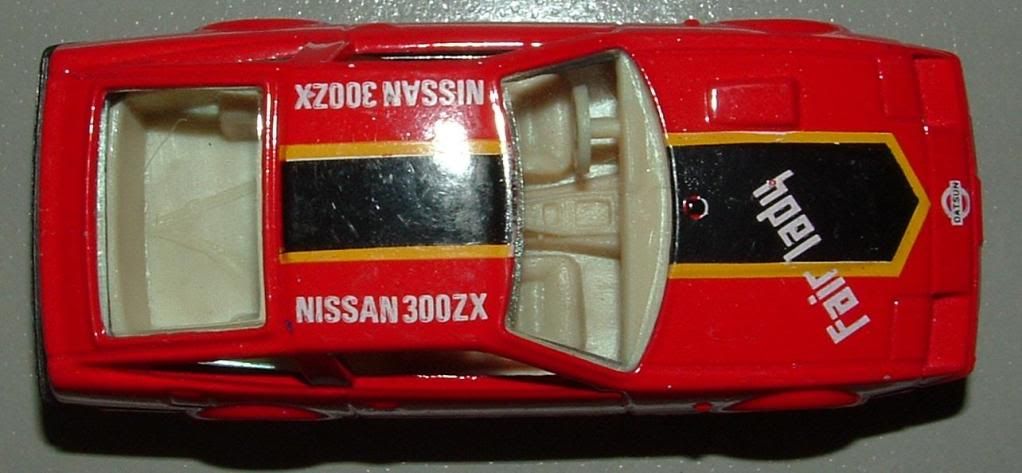
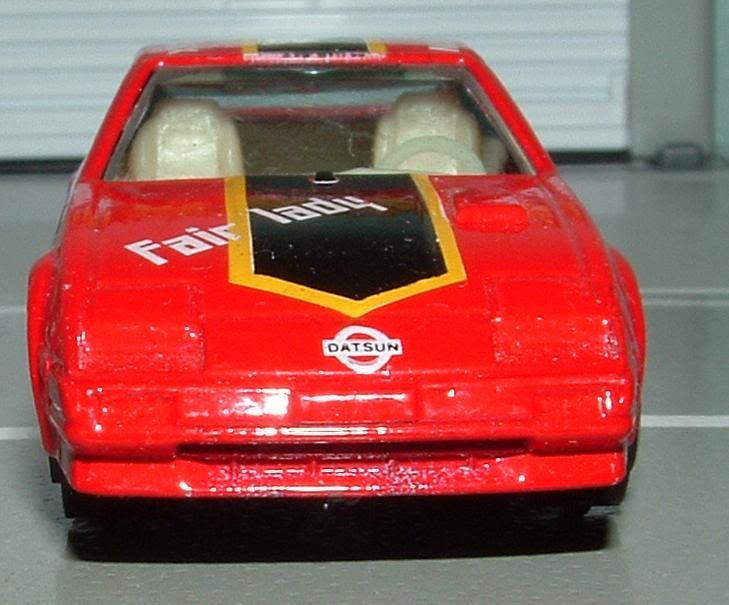
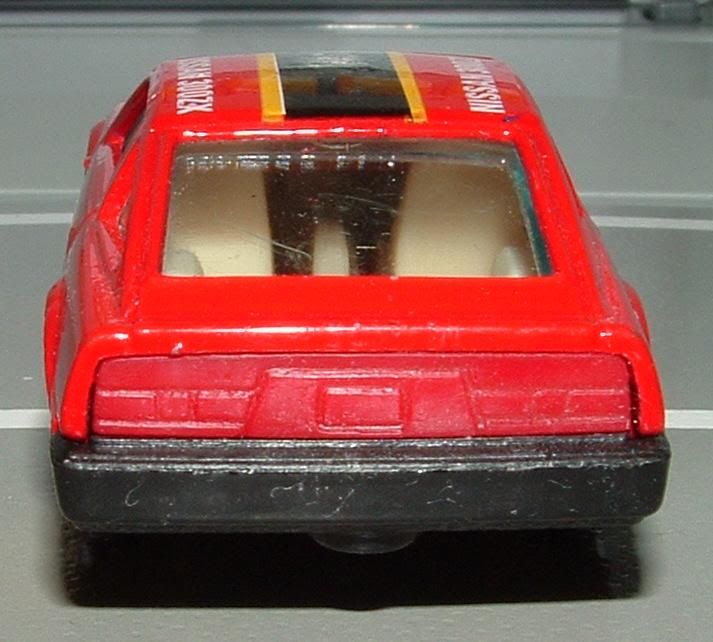
No comments:
Post a Comment